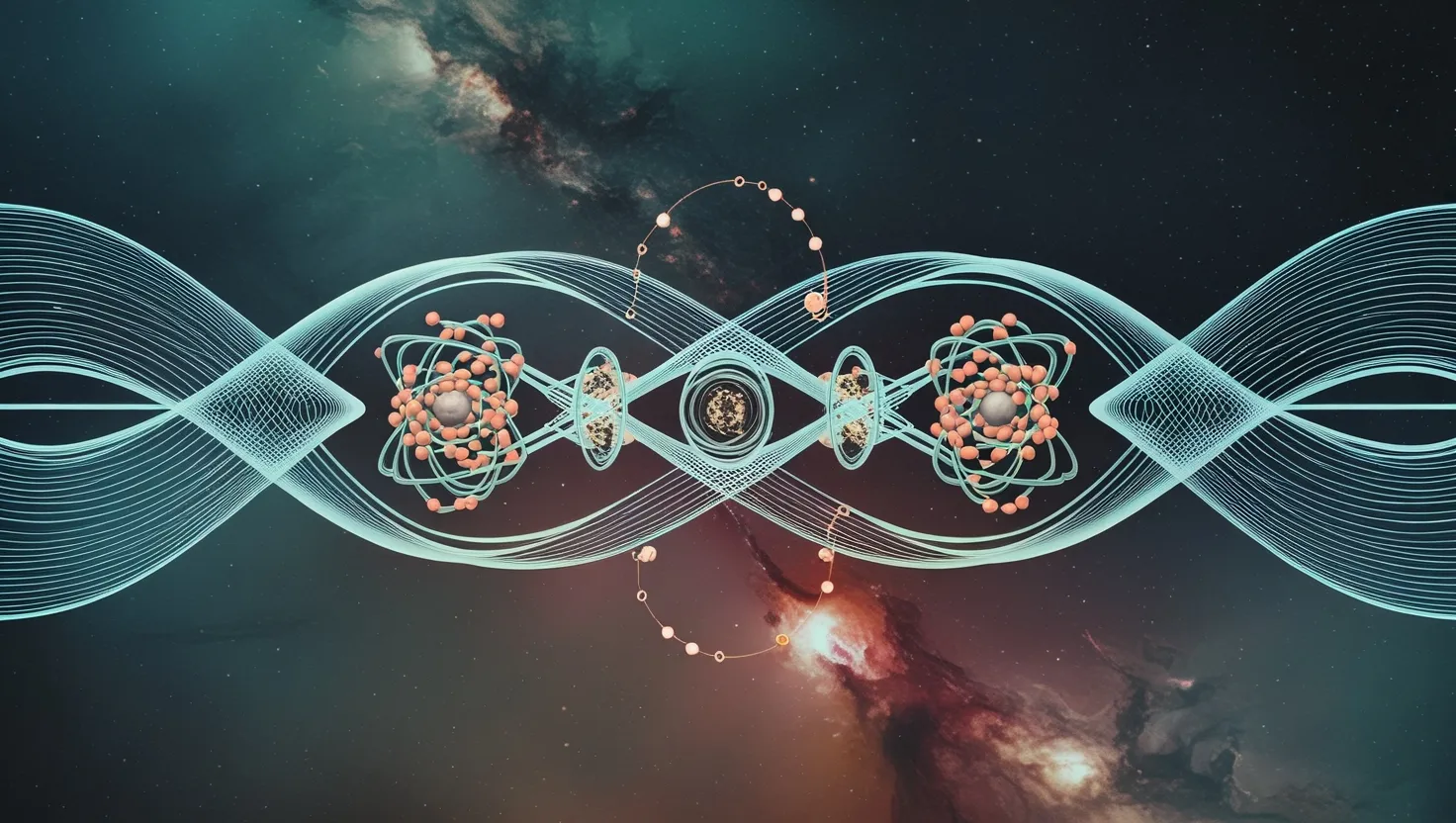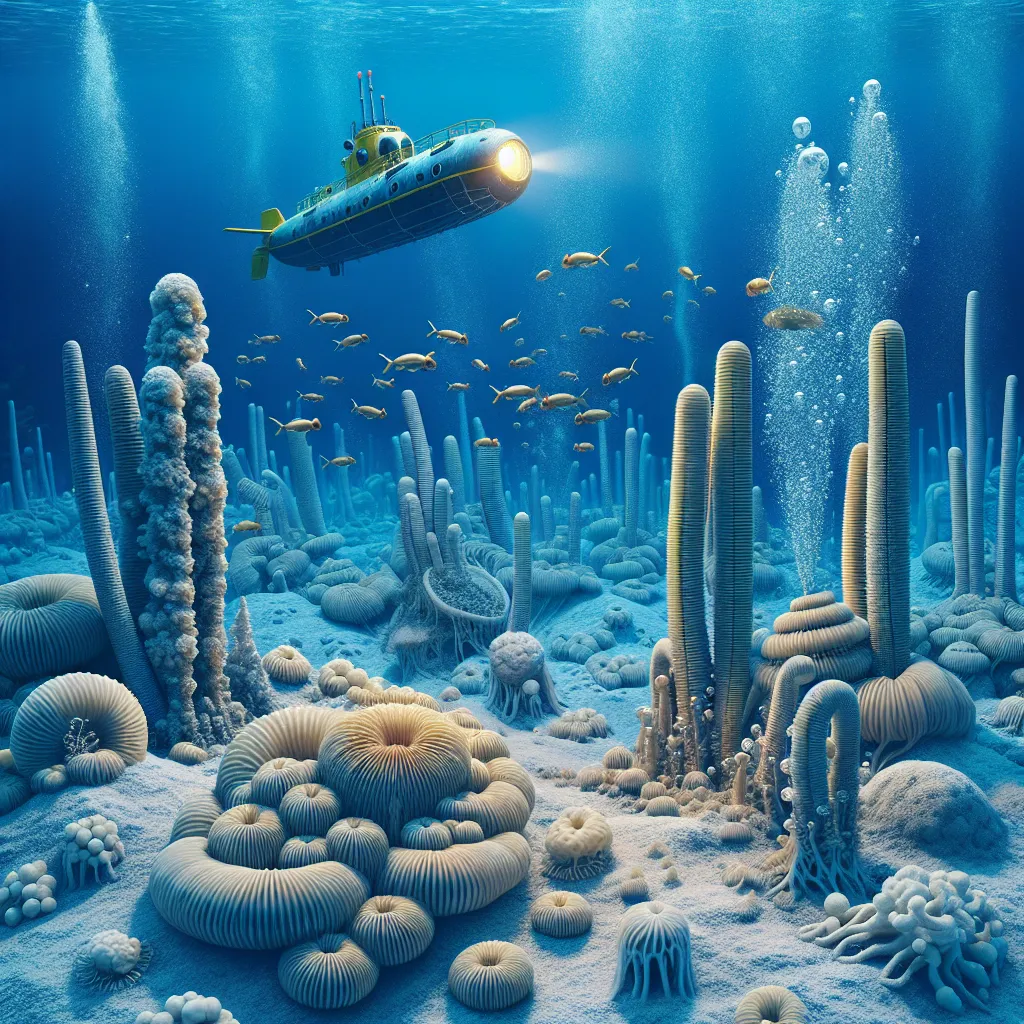As I delve into the fascinating world of paleontology, I am reminded of the words of the renowned paleontologist, Stephen Jay Gould: “The most important thing in science is not so much to obtain new facts as to discover new ways of thinking about them.” This sentiment encapsulates the essence of recent discoveries that are revolutionizing our understanding of prehistoric life.
Feathered Dinosaurs: A New Skin
Imagine walking through a forest 135 million years ago, and instead of the familiar scaly skin of modern reptiles, you come across a dinosaur with feathers, yet also patches of scaly skin. This is precisely what researchers have discovered in the early Cretaceous species, Psittacosaurus. Using ultraviolet light, scientists revealed preserved skin that was otherwise invisible, showing a mix of feathered and scaly regions.
This finding is more than just a curiosity; it provides a window into the evolutionary transition from reptilian scales to feathers. It suggests that early dinosaurs may have had zoned skin, with feathers emerging only in specific areas, while the rest remained scaly. This dual skin system would have offered protection against various environmental challenges, ensuring the survival and genetic transmission of these early feathered traits.
Megafauna Extinctions: The Mystery of the Giants
The disappearance of megafauna, such as mammoths and giant ground sloths, has long been a topic of intrigue. New insights suggest that these extinctions were not solely the result of climate change or human activity, but rather a complex interplay of factors. For instance, changes in vegetation patterns and the loss of habitats due to shifting climates may have played a crucial role.
As we ponder the fate of these giants, we are forced to consider the delicate balance of ecosystems. The extinction of megafauna had cascading effects on the environments they inhabited, altering the very fabric of ancient ecosystems. This realization prompts us to question: What other unseen factors might have contributed to these extinctions, and how can we learn from these events to better manage our current ecosystems?
Ancient DNA Sequencing: Bringing Back the Past
The ability to sequence ancient DNA has opened up new avenues for understanding extinct species. By reconstructing genomes, scientists can gain insights into the evolutionary histories and adaptations of species that once roamed the Earth. This technology is akin to reading a long-lost book, where each chapter reveals a piece of the puzzle that is life’s history.
As we delve into the genetic makeup of ancient organisms, we begin to see them not just as fossils but as living, breathing creatures with their own stories. This raises an intriguing question: What secrets might ancient DNA hold about our own evolutionary journey and the diversity of life on Earth?
Transitional Fossils: Bridging the Gaps
Transitional fossils are the missing links that connect different evolutionary lineages. Discoveries like the feathered dinosaur tail preserved in amber or the quill knobs on Velociraptor bones fill in the gaps of our understanding. These finds show that evolution is not a series of sudden leaps but a gradual process where traits evolve over millions of years.
The significance of transitional fossils lies in their ability to validate evolutionary theories. They provide tangible evidence of how species adapted and changed over time. As we reflect on these discoveries, we are reminded of Charles Darwin’s words: “It is interesting to contemplate an entangled bank, clothed with many plants of many kinds, with birds singing on the bushes, with various insects flitting about, and with worms crawling through the damp earth, and to reflect that these elaborately constructed forms, so different from each other, and dependent on each other in so complex a manner, have all been produced by laws acting around us.”
Prehistoric Colors: The Palette of the Past
Determining the pigmentation of ancient organisms is a relatively new frontier in paleontology. By analyzing melanosomes, the pigment-containing organelles found in fossilized feathers and scales, scientists can reconstruct the colors of prehistoric creatures. This technique has revealed that some dinosaurs had vibrant plumage, much like modern birds.
The discovery of prehistoric colors adds a new dimension to our understanding of ancient life. It allows us to visualize these creatures in a more realistic light, moving beyond the monochrome images often depicted in textbooks. As we imagine a world where dinosaurs flaunted their colorful feathers, we are compelled to ask: How did these colors influence the behaviors and interactions of these ancient animals?
Mass Extinction Survivors: The Resilient Few
Mass extinctions have punctuated Earth’s history, wiping out vast numbers of species. However, some species managed to survive these catastrophic events. The adaptations that allowed these survivors to persist are a testament to the resilience of life.
One such example is the coelacanth, often referred to as a “living fossil.” This fish survived the mass extinction event that wiped out the dinosaurs and has remained relatively unchanged for millions of years. Its survival story highlights the importance of adaptability and the ability to thrive in changing environments.
As we reflect on these survivors, we are reminded of the words of paleontologist Niles Eldredge: “The history of life on Earth has been a history of adaptation to changing environments.” This perspective encourages us to appreciate the dynamic nature of life and the incredible diversity that has emerged over billions of years.
In conclusion, these discoveries in paleontology are not just about uncovering new facts; they are about discovering new ways of thinking about the past. They challenge our existing understanding and inspire us to see prehistoric life in a fresh, vibrant light. As we continue to explore the ancient world, we are reminded that the history of life is a complex, multifaceted narrative that is still being written. And it is this ongoing story that makes paleontology so captivating and essential to our broader understanding of the world and our place within it.






